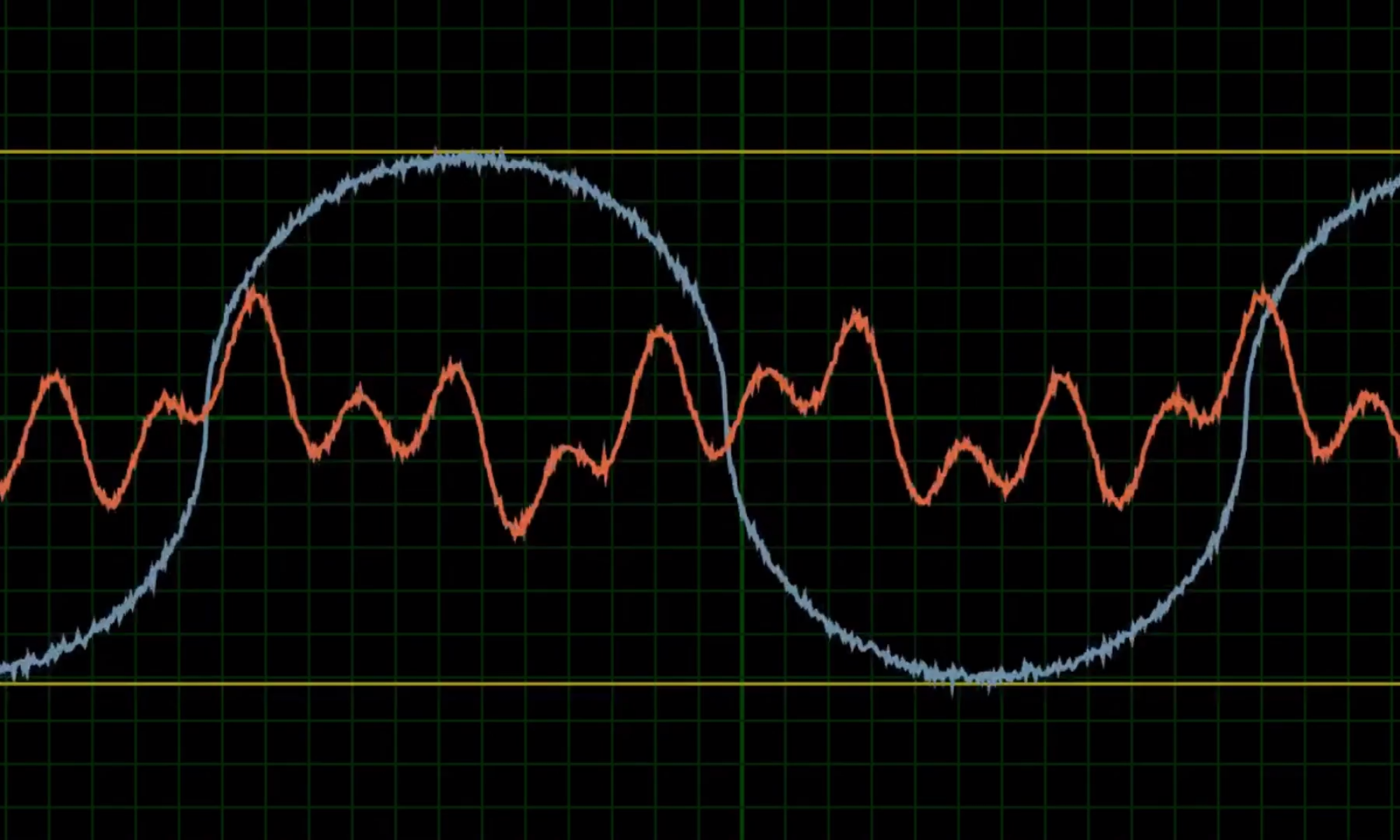2018 MPE project – Viktor Fidanovski – joined Conoco-Phillips graduate program
This work presents a streamlined process for the design of intrinsically safe wireless micro-electromechanical system (MEMS) sensing unit, which was applied to an industrial gas processing case study. The process presented utilises a linear (waterfall) design, with an iterative evaluation stage. In this application, intrinsic safety certification is commonly used to prevent the ignition of explosive atmospheres. Within this framework, the functional requirements and intrinsic safety requirements of the final design are treated separately. From the functional requirements, a conceptual design is developed, which acts to narrow the scope of relevant intrinsic safety requirements, described in AS/NZS 60079.0:2012 and AS/NZS 60079.11:2011. Once the combined requirements list is developed, components are selected accordingly, and any design variations are subsequently compared and optimised. This process was applied to the design of a MEMS accelerometer sensing unit, for use in the condition monitoring of fin-fan heat exchangers in gas processing facilities, components which directly impact overall gas-plant efficiency. This case study emphasised limiting the scope of intrinsic safety requirements, and the importance of iteratively evaluating the final design. The MEMS sensing unit designed successfully met all requirements for the intrinsic safety Standards for a group IIB, zone 2, ‘ic’ level certification. If implemented in an industrial setting, the device could see the requirement for manual inspections drop in frequency from quarterly to yearly. The functionality of prototypes produced from the design was tested by measuring the frequency response to a 1.5kHz bandwidth white-noise excitation, to which the device produced less than 10dB deviation over the 0 to 1.5kHz operating range. This result compared favourably to previous prototypes developed in the UWA System Health Lab, and as such, the device was considered sufficiently functional.


